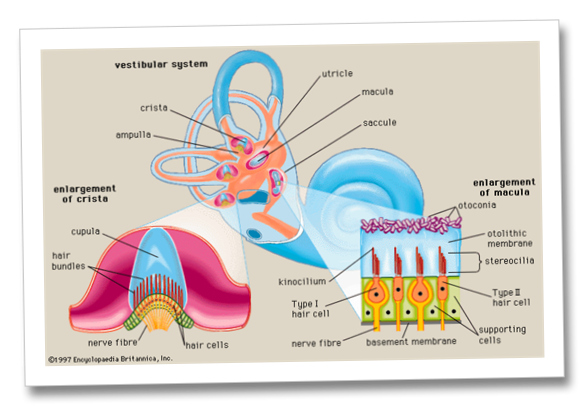 “Heat illness was the third leading cause of death amoung high school athletes in 2004.”
“Heat illness was the third leading cause of death amoung high school athletes in 2004.”
Summer is in full swing and the temperatures are rising. by 7:00a.m. the sun is already out and the thermometer can read 80 degrees, with 70% relative humidity. Workouts in the heat can be challenging and dangerous if you don’t take steps to help your body adjust. You could suffer some form of heat illness that could lead to heat exhaustion or worse, heat stroke. Heat edema, heat cramps, heat syncope, heat exhaustion, and heat stroke are the five common types of heat illness typically associated with strenuous activity in hot, humid weather (Marsh and Jenkins (2002)). Heat exhaustion is a condition whose symptoms may include heavy sweating and a rapid pulse, a result of your body overheating. It’s one of three heat-related syndromes, with heat cramps being the mildest and heatstroke being the most severe (Mayo Clinic). Heatstroke, a result of the escalation of heat cramps and heat exhaustion, is a life-threatening condition that occurs when your body temperature reaches 104 F (40 C) or higher.
Many people comment that workouts in hot conditions are tougher, they get tired faster, and they can’t last as long. much of this can be attributed to the increased work the body has to go through to cool itself while you workout. These are early symptoms of heat exhaustion. When you exercise, your body temperature rises. To help cool itself down, your body sweats. You will notice in heat, that your body begins to sweat more and sooner than when you exercise in cool weather. To help keep yourself cool, wear lighter fabrics and lighter colors. Also, use a hat, one that has breathable fabric, to keep your head and your face cool.
Your body also looses more water due to the increase in sweating. as a result, you may experience heat cramps. Signs and symptoms of heat cramps usually include heavy sweating, fatigue, thirst and muscle cramps. immediate attention usually prevents heat cramps from progressing to heat exhaustion. be sure to hydrate, drinking 6-8 oz of water or sports drink every 15-20 minutes. (If you are working out for less than 80 minutes, you can just drink water, but it is recommended that you do a mixture of sports drinks and water). You can carry a bottle with you or plan your routes so that you are passing by water fountains frequently. If you will be working out in the same place for extended periods of time, bring a cooler to keep water cold. be aware that even with these precautions you may experience muscle cramps.
Ways to avoid heat illness:
• always wear sunscreen, even underneath clothing and remember to reapply if you will be outside for an extended period of time.
• Wearing sunglasses will help reduce damage to your eyes and keep you from squinting.
• Stay hydrated. Dehydration impedes your ability to sweat.
• Avoid alcohol use. Alcohol can result in dehydration, along with other adverse effects on performance.
• be smart. Reducing the intensity of your workout, or easing into workouts in heat, can also help your body regulate and get used to the higher temperatures. Don’t expect to be able to do the same workout in 85 degrees that you could in 40 degrees.
• Avoid stimulants before workouts. Stimulants often speed metabolism, heart rate, and blood pressure. This increased activity in the body produces extra heat (especially in hot and humid conditions). Under these conditions the blood vessels in the skin constrict, preventing the body from cooling itself efficiently. by making the user feel more energetic and less fatigued, stimulants keep users exercising longer. This can set the stage for heat illness, heat stroke and sudden death in certain situations.
Heat exhaustion and heat stroke are very dangerous conditions. If you start to feel dizzy or nauseated, stop what you are doing and move to a shaded, cool area or head inside. use cool towels and washcloths to cool your skin slowly.
Ultimately, both exercise related heat illness and sunburn are preventable injuries. consequently, it is the responsibility of those caring for athletes, the parents, coaches, trainers, and team doctors, to ensure that athletes are educated in preventative strategies and are properly monitored during training or competition in the heat.
References:
Coris EE, Ramirez AM, Van Durme DJ. Heat illness in
athletes: the dangerous combination of heat, humidity and
exercise. Sports Medicine. 2004; 34(1):9–16.
Wendt D, van Loon LJC, van Marken Lichtenbelt WD.
Thermoregulation during exercise in the heat: strategies
for maintaining health and performance. Sports Medicine.
2007; 37(8):669–682.
Marsh SA, Jenkins DG. Physiological responses to the
menstrual cycle: implications for the development of heat
illness in female athletes. Sports . 2002; 32(10):601–614.
Noakes TD. A modern classifi cation of the exercise-related
heat illnesses. J Science and Medicine in Sport. 2008;
11:33–39.